There, the National Assembly will have to answer a big question that every economy faces: how to promote high growth while maintaining macroeconomic stability.
These two goals seem to go hand in hand, but in reality, they are often not achieved in tandem – and this was clearly shown in the reports sent to the 50th Session of the National Assembly Standing Committee last week (*).
High growth
According to the Government's report, the socio-economic situation in 2025 will continue to achieve many positive results. Deputy Minister of Finance Nguyen Duc Chi said: "The macro economy is stable, with high growth, inflation is controlled, and major balances are ensured. GDP growth is estimated at 8%, inflation is about 4%, GDP per capita is more than 5,000 USD - becoming a country with an upper middle income."
However, the Standing Committee of the Economic and Financial Committee suggested that the Government pay more attention and evaluate more carefully some issues such as the growth target is under a lot of pressure, the quality of growth is still limited, macroeconomic stability has many potential risks, economic restructuring is still slow, has not made a clear mark, the domestic enterprise sector, especially small and medium enterprises, is still under a lot of pressure when private investment has not been cleared.
Chairman of the Economic and Financial Committee Phan Van Mai proposed: "To complete the 2025 target, in the 2021-2025 period, it is necessary to continue to firmly stabilize the macro economy, tightly manage monetary policy, promote the leading role of focused expansionary fiscal policy, and at the same time promote institutional reform, traditional growth drivers and strongly develop new growth drivers, creating momentum for sustainable development for the 2026-2030 period."
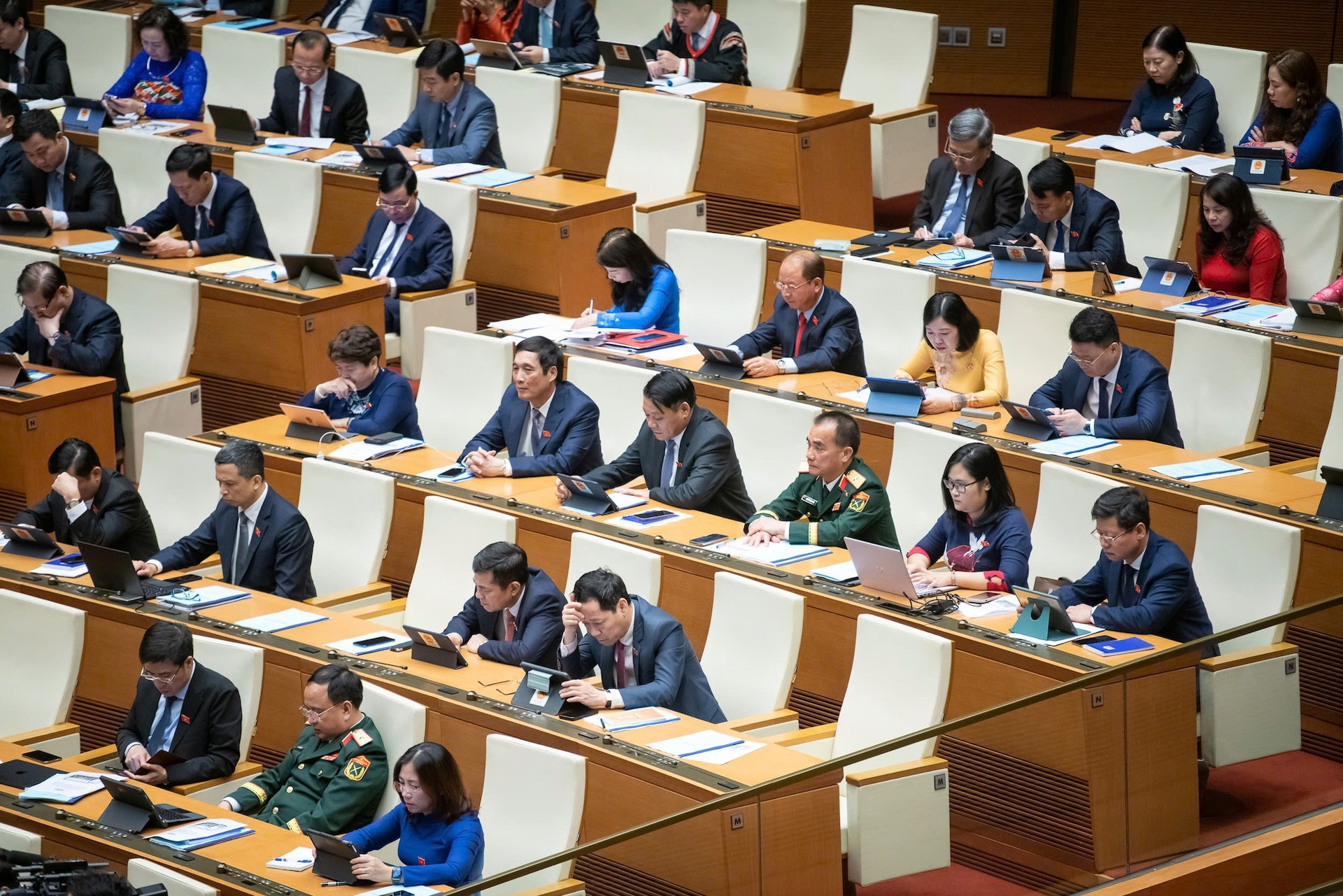
National Assembly deputies attending the 9th session of the 15th National Assembly. Photo: VGP
Vice Chairman of the National Assembly Nguyen Khac Dinh emphasized that tight and long-term macroeconomic management is the key factor to prepare for the 10% target. It is necessary to maintain macroeconomic stability, avoid hot growth and not chase high numbers at the expense of stability. Management must be extremely tight, controlling inflation, public debt and credit quality to prevent risks (such as asset bubbles and external shocks).
In fact, balancing “growth” and “stability” is always a difficult problem. Increase too quickly, and inflation can rebound; tighten too much, and growth momentum will weaken. Many years of experience show that maintaining that balance requires a long-term vision and high policy discipline.
Public investment and currency remain pillars for growth
In 2025, with the growth target of 8.3-8.5% considered “absolutely must be achieved”, what needs to be looked at is that the growth momentum is weakening in many directions. The Government admits that new driving forces such as green transformation and digital transformation are still in the initial stages and need more time to produce results. Exports are facing difficulties and domestic consumption is slowing down.
In other words, the economy still relies heavily on two main pillars: public investment and monetary expansion.
Total public investment capital this year reached VND1,110 trillion – the highest figure ever. However, by mid-October, only more than 50% of the plan had been disbursed.
In terms of currency, by the end of September, outstanding credit reached nearly 17.71 trillion VND, up 13.4% compared to the end of 2024. The target for the whole year is 18%, equivalent to about 100 billion USD.
To achieve the full-year growth target, the fourth quarter must reach 8.5-10% – a challenging figure in the context of weak global demand, volatile exchange rates and strong gold prices.
Exports are hampered by US tariff policies, regional trade risks and falling demand in traditional markets. The target of a trade surplus of 30 billion USD is therefore not only an economic target but also a test of the competitiveness of Vietnamese enterprises.
Investment – which is expected to be the pillar of growth – has not yet broken through: newly registered FDI in the first 9 months reached 12.4 billion USD, down 8.6% compared to the same period; public investment disbursement is slow; the private sector remains cautious.
Leaders have repeatedly emphasized: “Focus on economic development, maintain macroeconomic stability, control inflation, and ensure major balances.”
How to ensure the major balances?
The double-digit growth target can be written in a few lines, but achieving it is a long journey, requiring management capacity, market confidence and endurance of each business and each employee.
Socio-economic development plans must be based on specific and realistic calculations, and more importantly, must be consistent with the economy's absorption capacity.
Growth of 8.5% in 2025 is a remarkable result, but also a reminder of the price of growth. To achieve that figure, the economy needed more than VND1,100 trillion in public investment capital and credit growth of up to 18%.
So if the growth target for 2026 is 10%, how much more public investment capital and credit will we need – and more importantly, how can we continue to maintain macroeconomic stability?
This is not only a problem for ministries and branches, but also a test of the alertness and mettle of the National Assembly when deciding on national development targets.
Note:
(*)https://quochoi.vn/tintuc/Pages/tin-hoat-dong-cua-quoc-hoi.aspx?ItemID=96099
Source: https://vietnamnet.vn/quoc-hoi-va-con-so-8-5-2454420.html



![[Photo] Chairman of the Hungarian Parliament visits President Ho Chi Minh's Mausoleum](https://vphoto.vietnam.vn/thumb/1200x675/vietnam/resource/IMAGE/2025/10/20/1760941009023_ndo_br_hungary-jpg.webp)
![[Photo] National Assembly Chairman Tran Thanh Man holds talks with Hungarian National Assembly Chairman Kover Laszlo](https://vphoto.vietnam.vn/thumb/1200x675/vietnam/resource/IMAGE/2025/10/20/1760952711347_ndo_br_bnd-1603-jpg.webp)
![[Photo] Prime Minister Pham Minh Chinh meets with Speaker of the Hungarian National Assembly Kover Laszlo](https://vphoto.vietnam.vn/thumb/1200x675/vietnam/resource/IMAGE/2025/10/20/1760970413415_dsc-8111-jpg.webp)

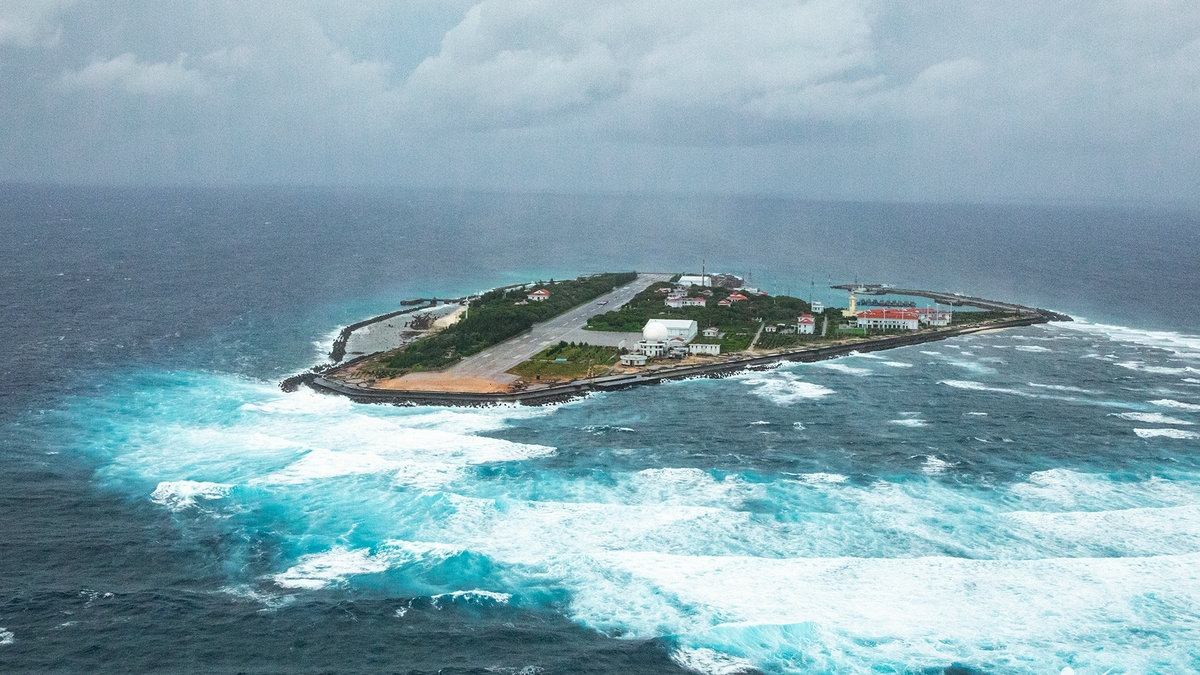
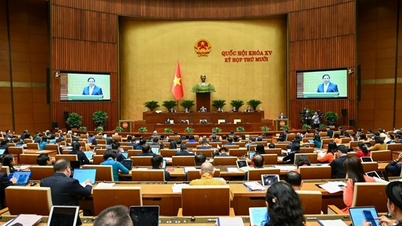

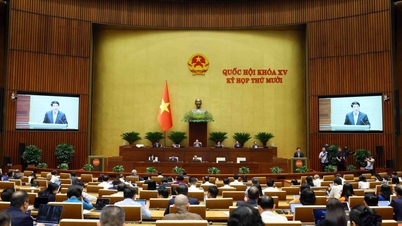



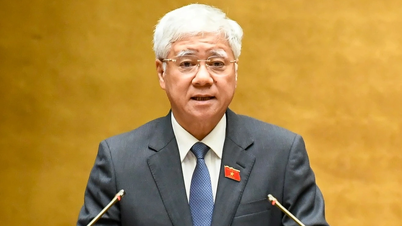
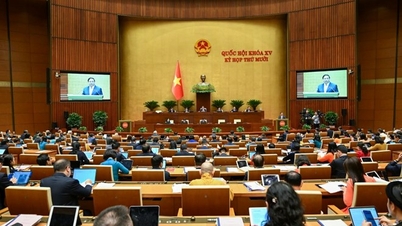
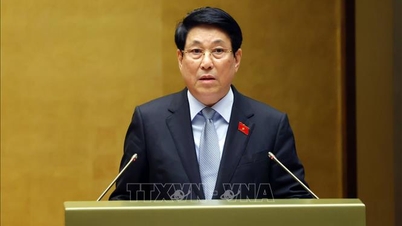



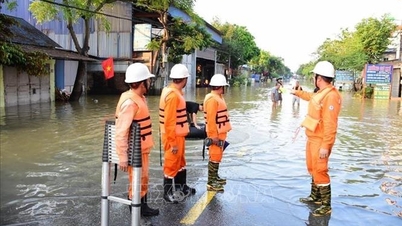
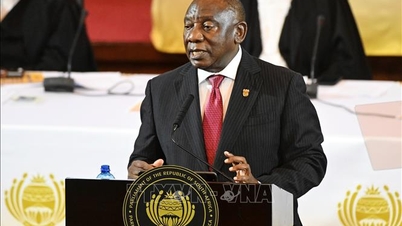
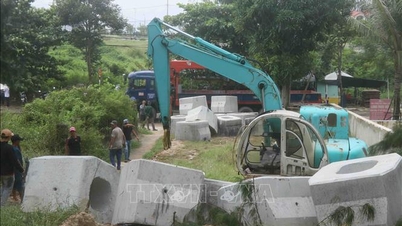








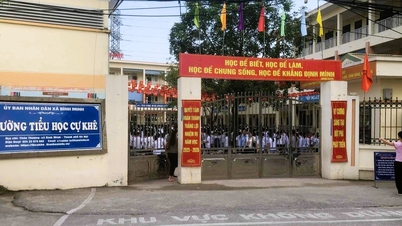
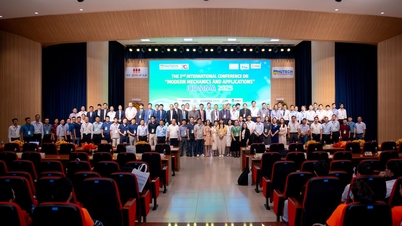










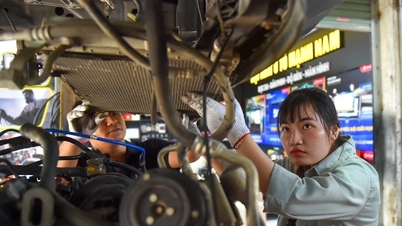












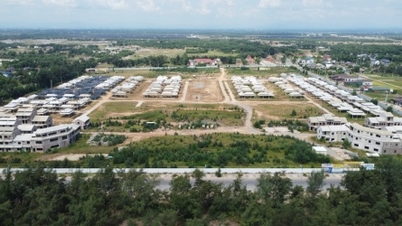














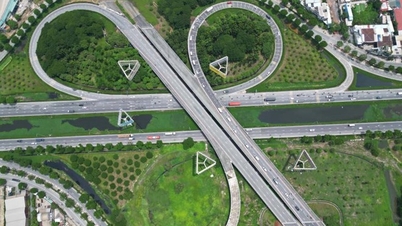
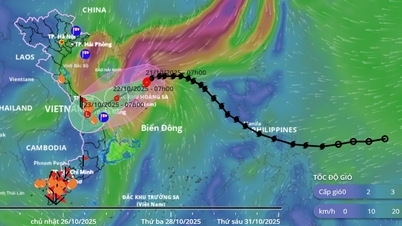







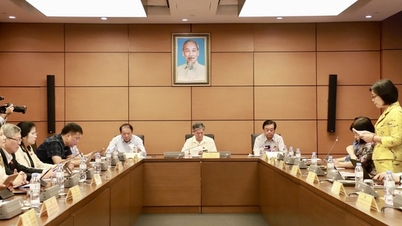



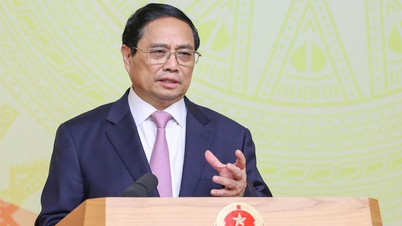



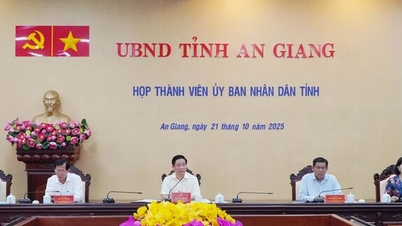



















Comment (0)